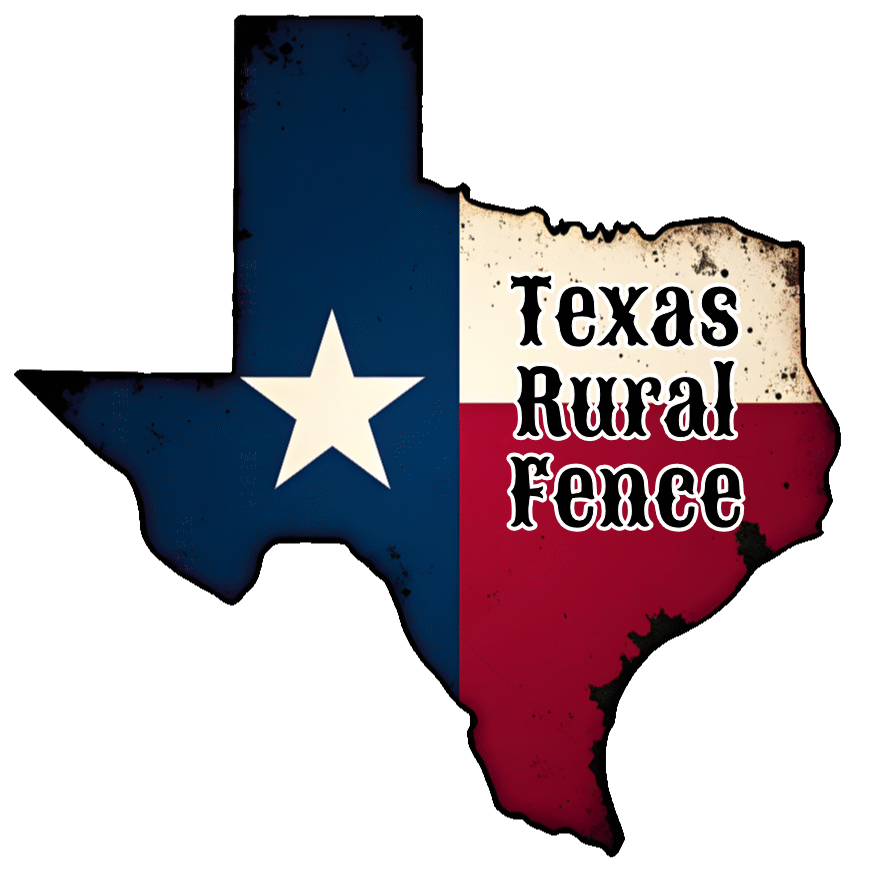Reasons to Choose to Build a Corral Fence and Best Practices in Construction
Introduction
A corral fence is an essential structure for anyone who owns livestock or horses. It provides a safe and secure environment for the animals while ensuring the convenience of handling and management for the owners. This article will outline the key reasons to choose to build a corral fence and highlight the best practices for its construction.
Reasons to Choose a Corral Fence
1. Security and Safety
A corral fence provides a secure boundary for livestock, preventing them from wandering off and minimizing the risk of theft or predation. It keeps animals safe from external threats while reducing the potential for accidents and injuries.
2. Containment and Control
With a corral fence, livestock can be easily contained and controlled within a specific area. This is particularly important during feeding, breeding, or veterinary procedures. It allows for efficient handling and reduces the time and effort required to manage the animals.
3. Grazing Management
A corral fence enables controlled grazing, as it allows you to divide the pasture into smaller sections. By rotating animals between different areas, you can promote healthier and more sustainable vegetation growth while preventing overgrazing and soil degradation.
4. Boundary Definition
A corral fence clearly defines the boundaries of your property, marking your land and preventing encroachments. It helps maintain good neighborly relationships by keeping your livestock from wandering onto neighboring properties and causing damage.
5. Aesthetic Appeal
Besides its practical benefits, a well-designed corral fence can enhance the overall aesthetics of your property. It adds a rustic charm and a sense of authenticity to the surroundings, complementing the natural beauty of the landscape.
Best Practices in Corral Fence Construction
1. Planning and Design
Before constructing a corral fence, it is crucial to carefully plan and design the layout. Consider the size and number of animals you intend to house, the terrain, and the purpose of the corral. Determine the type of fence material, such as wood, vinyl, or wire, based on your specific needs.
2. Selecting Suitable Materials
Choose high-quality materials that are durable and appropriate for your climate conditions. For wooden fences, opt for pressure-treated or rot-resistant lumber. If using wire, select a gauge that is strong enough to withstand the pressure exerted by the animals.
3. Proper Foundation
A solid foundation is essential for the stability and longevity of a corral fence. Ensure that the posts are set deep into the ground and secured with concrete or tamped soil. This will prevent the fence from leaning or collapsing under the weight of the animals.
4. Secure Fastening
Use appropriate fasteners, such as galvanized nails or screws, to secure the fence components together. This will ensure that the fence remains intact and can withstand the force of animals leaning or pushing against it.
5. Proper Height
Determine the appropriate height for your corral fence based on the size and type of livestock you have. For horses, a fence height of at least 5 feet is recommended, while cattle may require a taller fence. Make sure the fence is tall enough to prevent animals from jumping over it.
6. Regular Maintenance
To maximize the lifespan of your corral fence, regular maintenance is essential. Inspect the fence periodically for any damages or signs of wear. Replace broken boards, tighten loose fasteners, and repaint or reseal the fence as needed to protect it from the elements.
7. Consider Gates and Access Points
Include strategically placed gates and access points in your corral fence design to facilitate the movement of animals and equipment. Ensure that gates are sturdy, easy to operate, and properly secured when closed to prevent accidental openings.
8. Compliance with Local Regulations
Before constructing a corral fence, familiarize yourself with local zoning and building regulations. Obtain any necessary permits and ensure that your fence meets the legal requirements regarding height, setback distances, and construction materials.
Conclusion
Building a corral fence offers numerous benefits for livestock owners. It provides security, containment, and grazing management while defining property boundaries and adding aesthetic appeal. By following the best practices in corral fence construction, you can ensure a durable and functional fence that meets your specific needs. Remember to plan carefully, select suitable materials, and perform regular maintenance to prolong the life of your corral fence.
